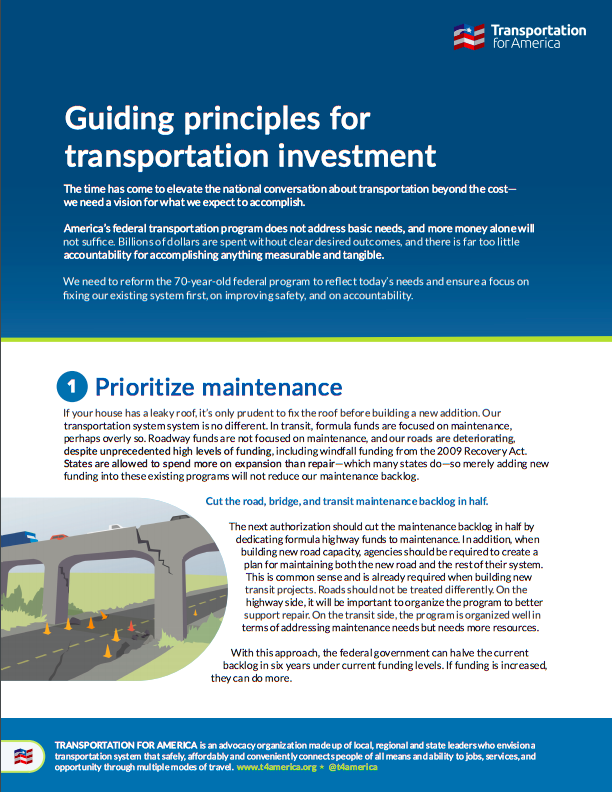Posts Tagged "metros"
Federal program that helps tackle health disparities threatened in ’18 budget
Congress is threatening to eliminate a small yet significant federal program housed within the Centers for Disease Control and Prevention (CDC) that helps local communities take concrete steps to prevent someone’s zip code from being the most powerful determinant in their long-term health.
Support the new plan from a bipartisan duo of senators to send more transportation dollars to local communities
Two Senators championing the cause of giving local communities more control over their transportation dollars have introduced a modified plan to steer more federal transportation dollars directly to local communities of all sizes — reaching a compromise that they want to incorporate into the Senate’s transportation bill as it heads to the floor.
Cities are “laboratories of innovation.” Should they have more control of transportation funding?
That was the implied assertion made by Atlanta Mayor Kasim Reed in a widely-circulated op-ed last week on Huffington Post. But is it accurate to paint today’s debate over this point as a black-and-white “age-old tug of war between state transportation officials and their city-level counterparts” about doling out money, as National Journal did in a question to their panel of transportation experts? Or is the problem more that we’re entering a new age of transportation needs armed with the last era’s transportation policies?
Will the TIGER grants reinforce metropolitan areas?
Rob Puentes of the Brookings Institution, writing for New Republic’s The Avenue, wrote a post this morning examining where transportation stimulus dollars have been directed. You can’t get too far reading the Brookings Metro Program without seeing a notable statistic: the 100 largest metro areas contain two-thirds of our population and produce 75 percent of […]





